The Real Illusionist: Surachai Puthikulangkura
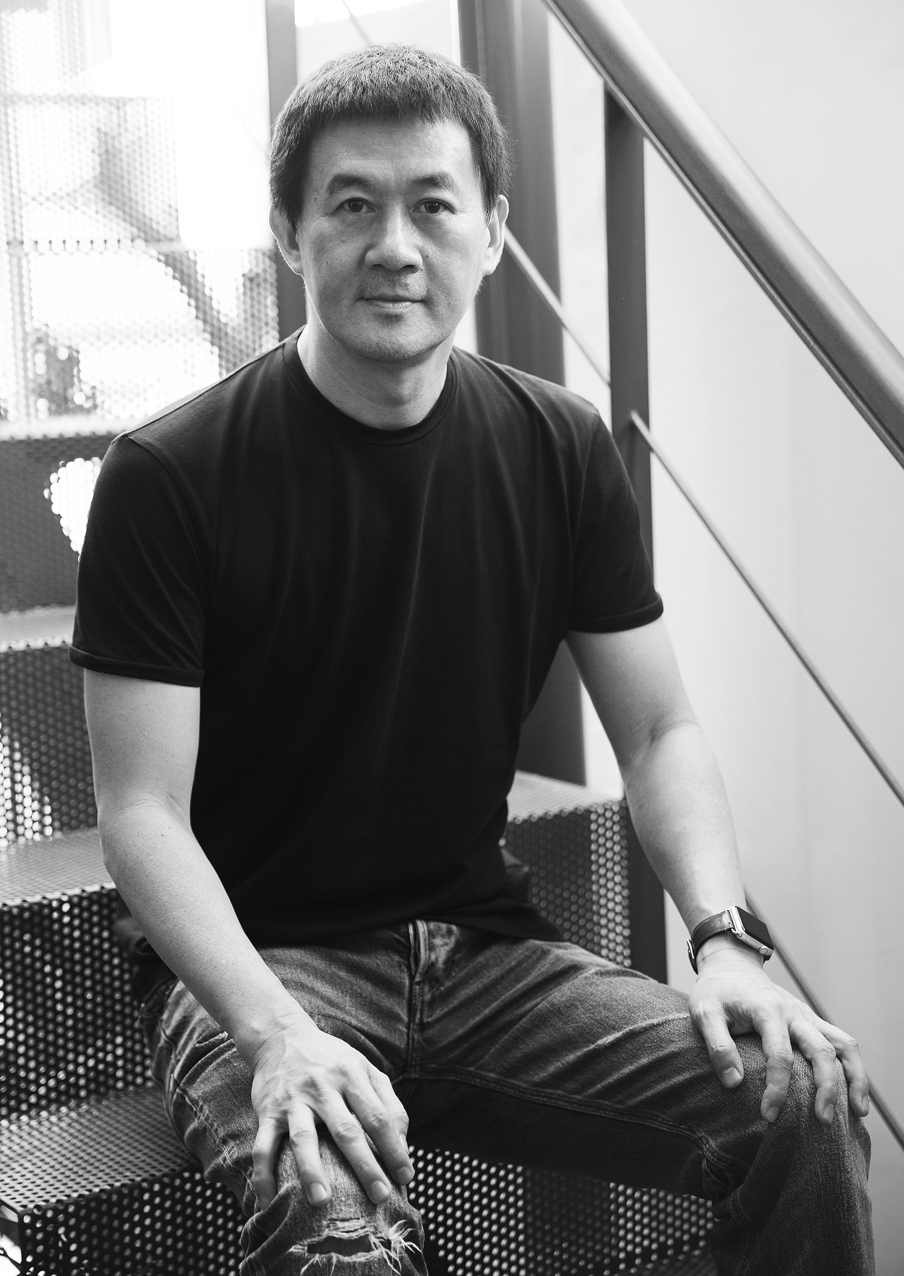
Over the past decade no-one in the ad industry has won more awards than Surachai Puthikulangkura. The award wins for his company, Illusion CGI Studio in Bangkok, are too numerous to mention, but the number of wins is more than 2,100, including 32 Grand Prix awards.
Surachai Puthikulangkura has dominated every major international advertising award for illustration and digital imaging over the past decade. So Campaign Brief Asia set out to find out what’s the secret behind the success of the world’s number one CGI illustrator. Campaign Brief Asia’s Nino Sarabutra had a long chat with Surachai, starting at Campaign Brief Asia’s Sunset Drinks at AdFest in Pattaya and going all the way through a long lunch at Open House in Central Embassy in the heart of Bangkok several days later.
If you are Surachai’s friend or follower on Facebook, you will realize that it is not possible to keep any article about him up to date. Every day brings wins new award wins. His life is non-stop. At 54, fit, healthy and happily married there seems to be no one on the horizon to catch up with him. Unlike any other sports where there are number 2, 3, 4 in the ranking, in the CGI field – Illusion Bangkok stands alone at the top.
What’s your story?
I was born in a small district in Nan (North of Thailand). I went to a Thai-Chinese school run by my Grandpa for 2 years and then the school was closed down. So in year 3 instead of moving to a Thai-Chinese school in the next town I went to study and stay in a dormitory with my elder brother in Chiang Mai.
That’s when I discovered my love for being somewhere new, doing new things, being unfamiliar with my surrounding and enjoying the challenge.
When did you realize ‘visual’ was your thing?
We were taught to study hard and get good marks at school. During my high school time in Montfort College preparing for the entrance exam to university, my siblings asked me ‘what do you want to do in the future?’ That question made me think. I’ve never been asked that question before. We were familiar with ‘what do you want to be when you grow up?’ It’s a question that we should answer with a career choice, which we had to answer with a choice of career we already knew.
So ‘what do you want to do in the future?’ made me think. I thought ‘I enjoy art even though I am studying mathematics and science in high school. And, I wish there were more art classes than just an hour a week’. I told my siblings and they said, ‘there is Faculty of Fine Art that allows you to learn art 5 days a week.’ So I got myself on the Fine Art course at Chiang Mai University.
It took me nearly 3 years to catch up with my classmates who studied art from vocational college before university. I discovered that I love to paint super-realist art in my 3rd year. Most of my art teachers didn’t like my work, everyone else was doing abstract or impressionist work at that time. I wanted to get super close and I wanted to get all the details right. So I thought if only 1 in 6 teachers like my work, the chance of me failing my studies is very high. I looked out for solutions, for a different stage, a different field or a new tournament that could give me scores. So I submitted my work to The National Exhibition of Art, and I got selected to exhibit.
That got my teachers to change their views on my work. They started to appreciate me and encouraged me to keep painting in my style. At about the end of year 4, I realized I don’t want to be an artist. I love painting but I don’t like painting the same subject. So I start looking for something else that would allow me to do different things. Advertising and visual communication was what I found. So I found that there are competitions for posters and logo design, I entered, and won the prize. I started to enjoy new brief after new brief and was certain that advertising is my thing. I can still paint and I can create different work all the time.
In year 5, my last year at university, I started asking myself, if I’m going to study advertising further where should I go? I did my research by selecting and putting together the graphic design work that I like. The majority of the work I liked came from Japan, so I decided to go study in Japan. I went to Japan and started by learning the language for a year. During that time I had a chance to see some masterpiece paintings in museums. My first encounter with Van Gogh’s work made me cry. I was not even his fan but seeing the real work I realized that they are so different from what I saw in the books. The colors are brighter. The details are different. They are so powerful.
I thought having a degree in fine art after 5 years of heavy training made me a professional artist. It made me feel like I was a lion. If a rabbit cross my path I should be able to grab it easily. But seeing the real work made me feel like I was a lion in the zoo. I learnt fine art from books. I had never seen or learnt the real thing.
I went to look at more of the great masterpiece works. And, I started asking myself, what do I do next? I aimed to set up my own business after my return. I went to Japan with my parents’ funding so I couldn’t afford another 4 years for another bachelor degree. I felt that my art foundation was not good enough. So I wanted to start again.
So I told my parents that I’m not going to take home a master’s degree but want to re-train in vocational school, I want to start again. So I enrolled in a two year Visual Communication Design course as a vocational student instead.
My teacher knew that I had done a degree in fine art before. I mostly got A’s in the first year, but that started to change in the 2nd year. The kids were catching up with me. They have a good foundation. So I went back to study more masterpiece works, especially in super realist direction. And, I started to train myself again.
I submitted my work to graphic design competitions in Japan and won awards. I met one of the judges – the creative director who reviewed my work and asked for a job. He said to me ‘you are an illustrator why bother with an art director job? If you want to be an art director you need to learn more Japanese language to talk to clients and you also need to explain your ideas, and to sell to marketing teams. But if you are an illustrator you only talk about art to the art director; that’s the only language.’ I was so upset hearing that. I thought being an art director was cool. I didn’t want to just be an illustrator.
So I came back to Thailand and I started working as ‘graphic designer’ at the company of my brother and his friend. As a graphic designer I did all of each piece of work by myself. I designed, I wrote, I retouched. But I was not good at writing; quite often I made spelling mistakes and had to redo the printing plates – we only made a small profit. I started asking myself ‘Is there a job where I don’t have to deal with words?’. The answer was ‘retouching’.
Did you start retouching by hand?
I knew hand retouching from Japan but wasn’t interested in it. In Japan you need to be trained in ‘retouching’ in a company for 3 years before you can take client’s job. I have respect for them.
So I only painted on computers. I started to enjoy retouching. But somehow I felt that it would change. So I asked myself what will be the change? What’s next? I predicted it will be 3D.
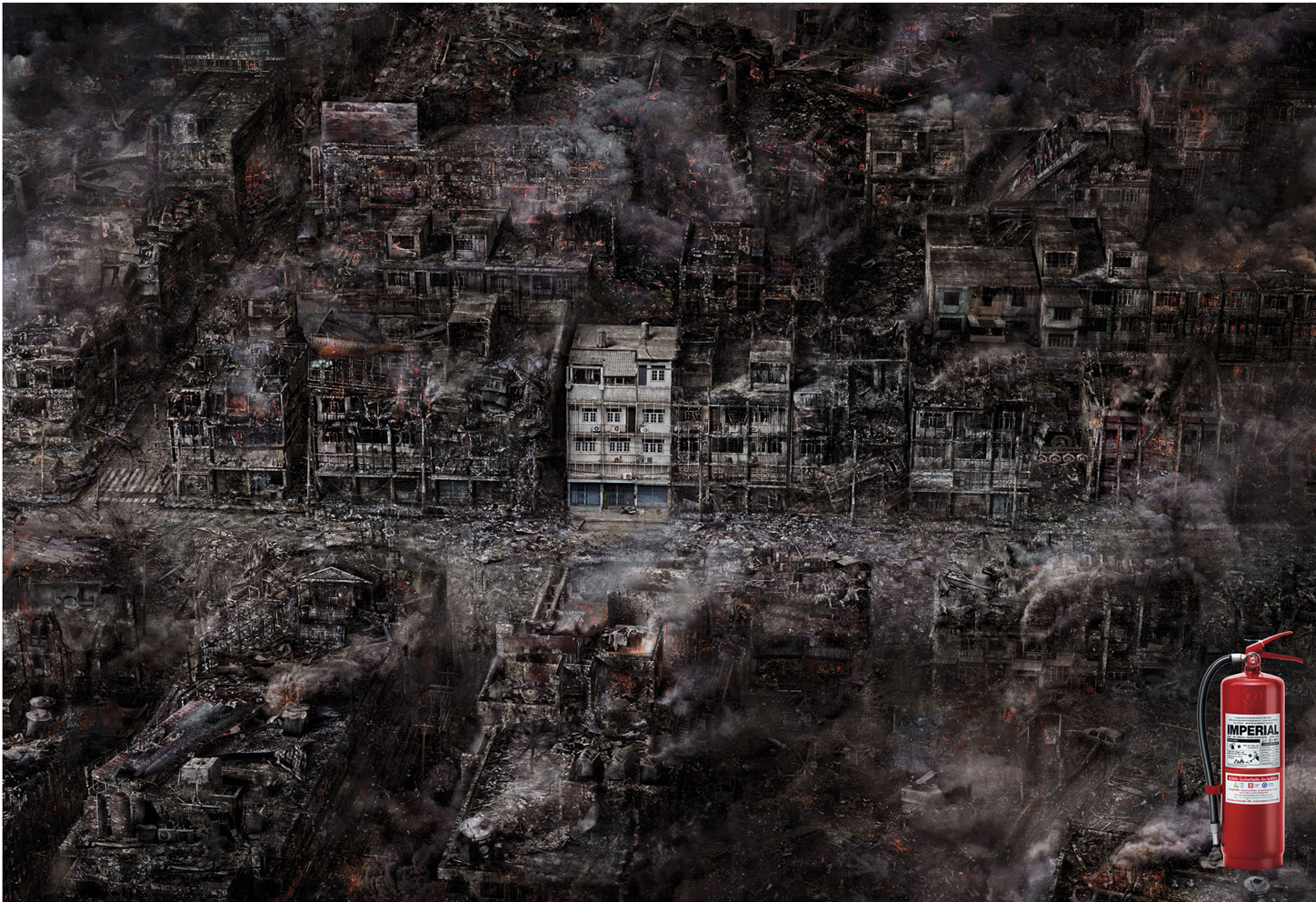
When I set up Illusion in 2001 we were nearly full CGI. And, right from 2001-2008 we got to finalist stage every year. In 2008 I forced myself to work purely in CGI. And, that year, Leo Burnett’s Imperial Fire Extinguisher won us our first Gold at AdFest for retouching (pictured above). We created that image from 3D and painted on it. It’s the first work that released us from the old tradition of retouching. After that we won Gold at AdFest every year. That was like a stepping stone for us.
How did the Samsonite ‘Heaven and Hell’ job come about?
I met Yang Yeo – ECD of JWT Shanghai while judging SPIKES 2009 in Singapore. I like him and his work a lot. I was about to take my whole team on our annual company trip when he sent me the layout of ‘Heaven and Hell’. It was such a great idea I cancelled the trip didn’t mind paying the cancellation fees.
It arrived as a color sketch, like a painting. In fact they tried different approaches before but were not happy with the result. When I saw the idea I thought it should win Best Art Direction awards. It was the best print idea I had ever seen.

It won 3 Gold Lions, a Silver Lion and our 1st Grand Prix award at Cannes. That was our first international breakthrough. For two years Heaven and Hell kept winning most of the world’s top awards. (For full list of awards)
How do you decide which projects to take on?
I select the work from the idea. Just like cooking, even if you have a good process you also have to use the best ingredients. And, we have to use the most sophisticated methods to create the work so that people won’t be able to identify how it was made. Like in cooking, we try to hide the magic of the process, how hot the heat, what’s before or after… this is how our system is, how we keep our quality high.
How do you maintain the high standard in the work and from your team?
I used to have many teams working on many different projects. But it’s not easy to maintain the standard that way so I changed. Now everyone is in the front row working on the same piece and gets to do what they’re good at. It’s like using everyone only for their best skills. Just like in football team, don’t use their weak spots, only use their strengths.
I’m interested in quality control. I studied Toyota’s process. I learned how they organized their teams of skilled workers to maximize efficiency. So, if you are good at wheels you only work on wheels, on every model of Toyota cars.
I focus on 3 things; creativity, art and sport. Creativity is like our brain, we need to think like a creative, we have to understand the ideas. Art is like our heart, we have to see and feel the beauty. Advertising should be charming and should be beautiful if you want people to look at it. And sport is like our body which means we need to keep developing, have to keep the discipline, be consistent, and keep on training. So we need to balance these three. It’s like a good sporting team. No matter if you win or lose a game, you have to keep coming back for more training.
Winning awards is like building a brand. I have great team of about 30 people. There are 18 CGI artists and retouchers and 8 producers. We work about 9 hours a day, at busy times it might be 10-11 hours. Saturday and Sunday are off. I work every day. I’m flexible. I don’t separate work and personal life because I think it’s the same thing. I take the pressure if the job is difficult. People can start working anytime they want. If you are an early person, you may start at 9 if not 10, 11, 12 doesn’t matter. I just need to see the progress, to monitor the direction and to make sure we are still aiming at the same destination. It’s not about luck. It requires a strong determination, with lots of practice, with discipline and passion to deliver the idea.
Winning awards is not luck. We work very hard. We train very hard. And, by keeping discipline, we then deserve to win the awards.
We always want to see our creative team being successful. It is just like being in a band and someone has composed a nice piece of music for you to play. You have to play it well, well enough to make the audience cry. In the same way, we are suppliers, we serve creatives. It’s a win win situation. If they win we win. I have found what I love. I know what I want. I know what I live for. So, it’s simple.
Not that everything is simple and easy. I still have to learn new software. I still need to practice what I’m not good at. We have a commitment to every client. They expect the best work. They expect Gold awards. If something goes wrong I have to be able to step in.
Every morning we have a list for each person to do. We have expectations. We monitor progress twice a day. We have schedules, time line and deadlines for all the work. We have a clear picture of what we want to create and to achieve. This is not a job where you can do whatever you want.
I like to go well beyond clients’ expectations. In every email we receive I try to read what was not written there. This is what I always tell my producers, we have to try to read between the lines and look beyond what is said. Every time I reply to an email, the client has to be happy.
Happiness should be in every square inch of what we do. If we put happiness into the work people will see it. It’s like putting a super player who never stops running into a game. You can’t miss seeing him. But you have to make sure you have good ingredients, good ideas. Without good ingredients however good a chef you are, the meal won’t come out with exceptional flavor. So you have to select the best idea. Our process is complex and involved, so we want to only choose good ideas. Now we are in a position so we can select as we receive so many great ideas to work on.
What keeps you at the top for this long?
Winning a Grand Prix and then what’s next? I think in this world there are many people who are doing what I am doing. Remember what Sir Edmund Hillary did after he reached the Everest summit in 1953? He never went back. His partner/guide Tenzing on the other hand set up a company taking people up the Himalayas. We are like Tenzing. We have reached the summit and we want to keep taking people up. Tenzing would select people who are healthy and ready for the challenge, not just someone who has the money. Same with us.
Tell us about your super team. Are most of them long term employees?
We have great team and all of them super good at painting. My core team of about 10 people have been with me for 15-18 years, about 6 of them have been with us for about 12 years and there are some young people from the fresh generation that have been with us between 2 and 4 years. Just like a healthy forest, we have big trees, medium size trees and annual flowering plants. We need a good mix of generations for different skills and expertise.
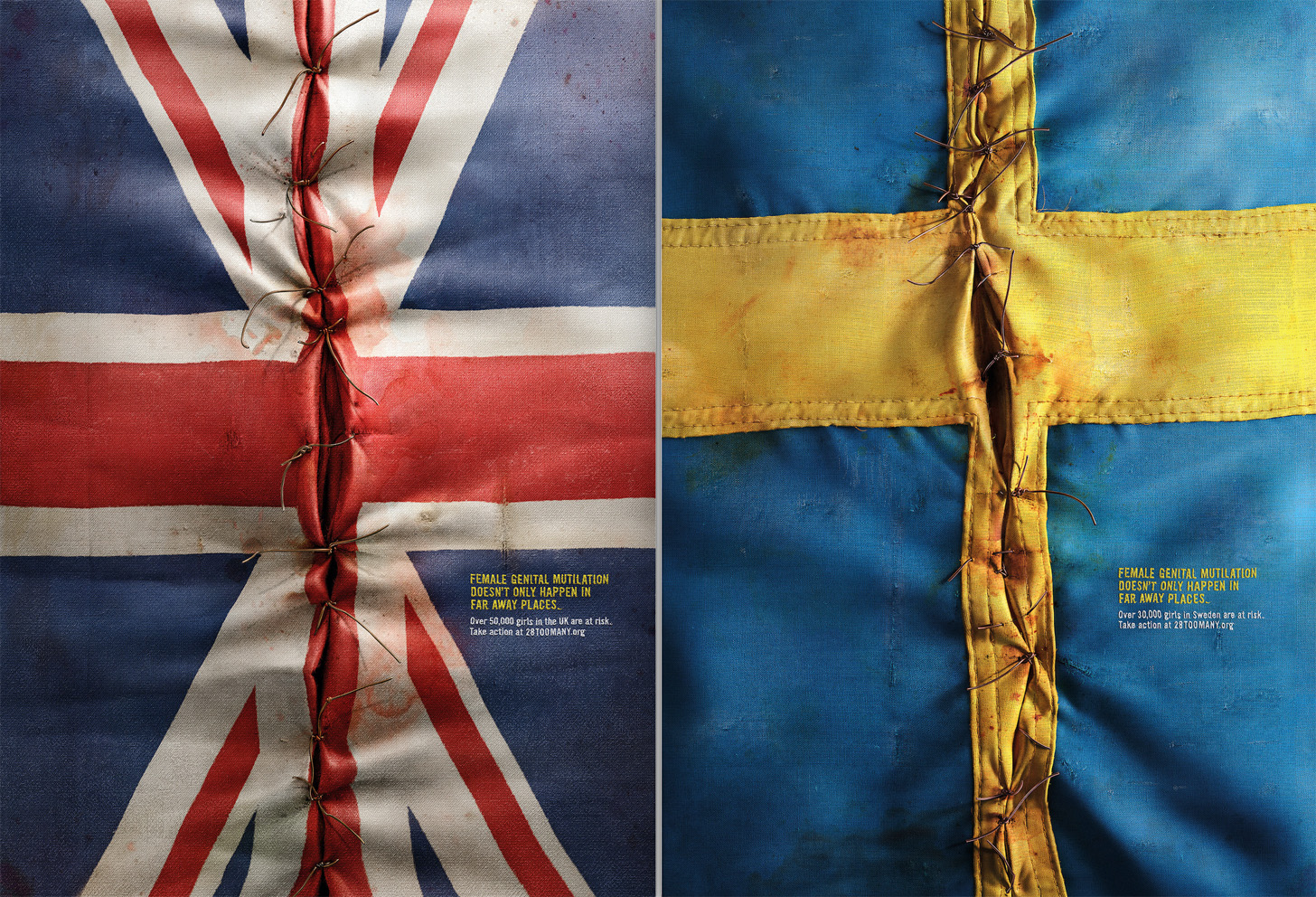
Do you have a favorite piece of work?
Each work has flaws and every piece has its’ charm. They’re all part of growing up. When we were working on Samsonite ‘Heaven and Hell’ our skills in 3D were very low but our retouching skills were good. Now we are much better, but we are not going back to fix the old work. But we keep making the new work better.
Every new brief comes with a new challenge or new pressure. Like there’s work from Ogilvy & Mather London for FGM (female genital mutilation) that came with a brief to win Gold at Cannes (pictured above). It’s so wide, so narrow, so specific and with such a great expectation. We made it win a few Golds in the end. We didn’t expect that.
Most of the flaws of our work are in the technique, which we can easily see. So I have no favorite.
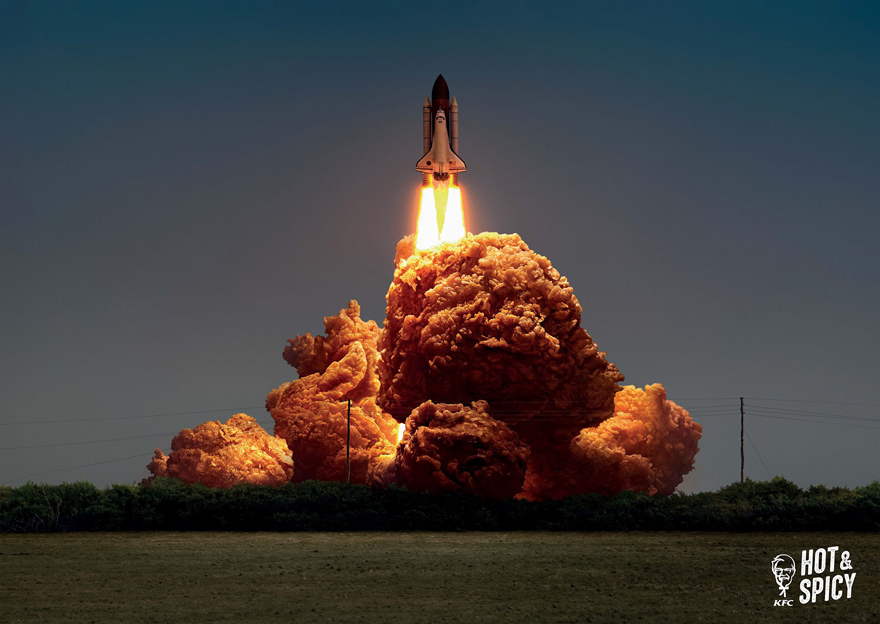
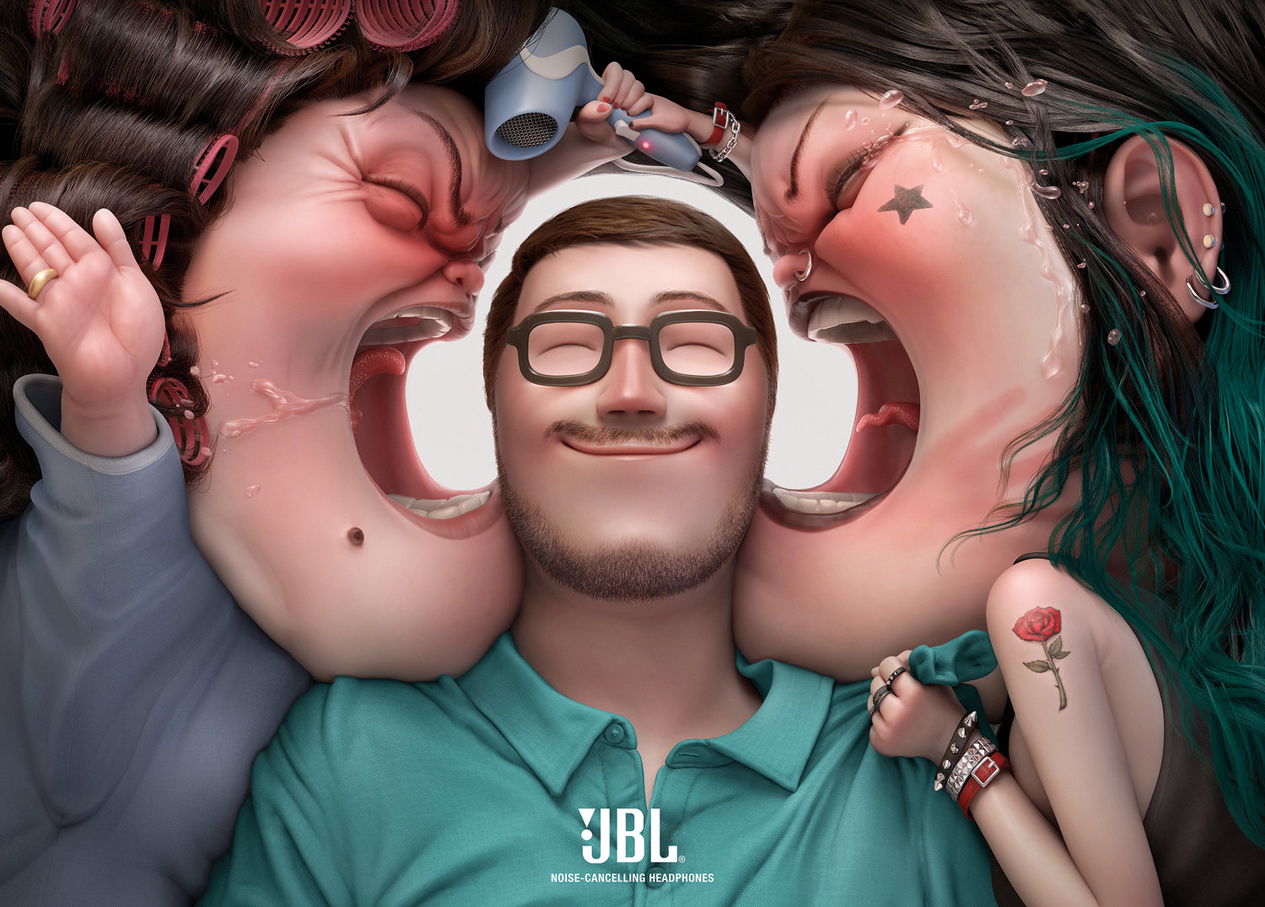
Is Print dead?
The Print media will die eventually. But visuals will stay. The still image will still be needed. It will appear in other media online. Today it’s still attached to print work, but soon that will be gone. People can skip the video online but they can’t skip a still image. We might need a new way of visualizing; something with more impact or more emotion that will work on digital. People tell me to go and make moving images, but I think my specialty is still images. I’m just waiting for the new generation of still images that are created to work well on digital media.
It’s a time of change, but striking visuals will always be important.
How do you get briefs these days?
Recently ideas have come in sketches with references. Before the reference was other people’s work, which is not easy. Now most of the references are our own previous work making it more convenient for us.
Most of the challenge now is how to improve ourselves and how to maintain our lead. Like in tennis, most good players stay on top for about 10 years. Why don’t other people catch up? It’s high pressure to keep one’s standard for so long. A team sport is easier and if you have good strong team you can keep ahead.
Sometimes you’ve been working on a job for 5 weeks and still only get to 30% complete on the last day. You have to put everything together on the last day. Rendering everything together and making it all look the same and in one piece. The last day pressure is tough but if you understand it you can do it and you can repeat it.
Not everyone can do this. Not every team member can be a coach. I don’t expect everyone in the team to be a thinker or pressure resistant. If they can handle their jobs I take care of them and will take care of the rest. They don’t have to be hungry for awards like me. They can just keep working hard. They get paid well, live well and I like to take good care of people.
Is the advertising industry going down-hill?
The industry stays in a box for too long. In the old days agency creatives digested everything into stories. Agencies had power because they had the media. Then the media role was taken out of the agencies. Today there is creative people with a specialty for different channels, with their own content. There is more variety and each creative can stand on their own skills.
Agency creatives don’t know everything. Now there are clients that can communicate without using creatives. There is no more stability for agency creatives because they don’t own content. The marketers know all about content and they are increasingly reaching out to outsource providers. Now agencies have to compete with those outsourcers. It’s an interesting and challenging time.
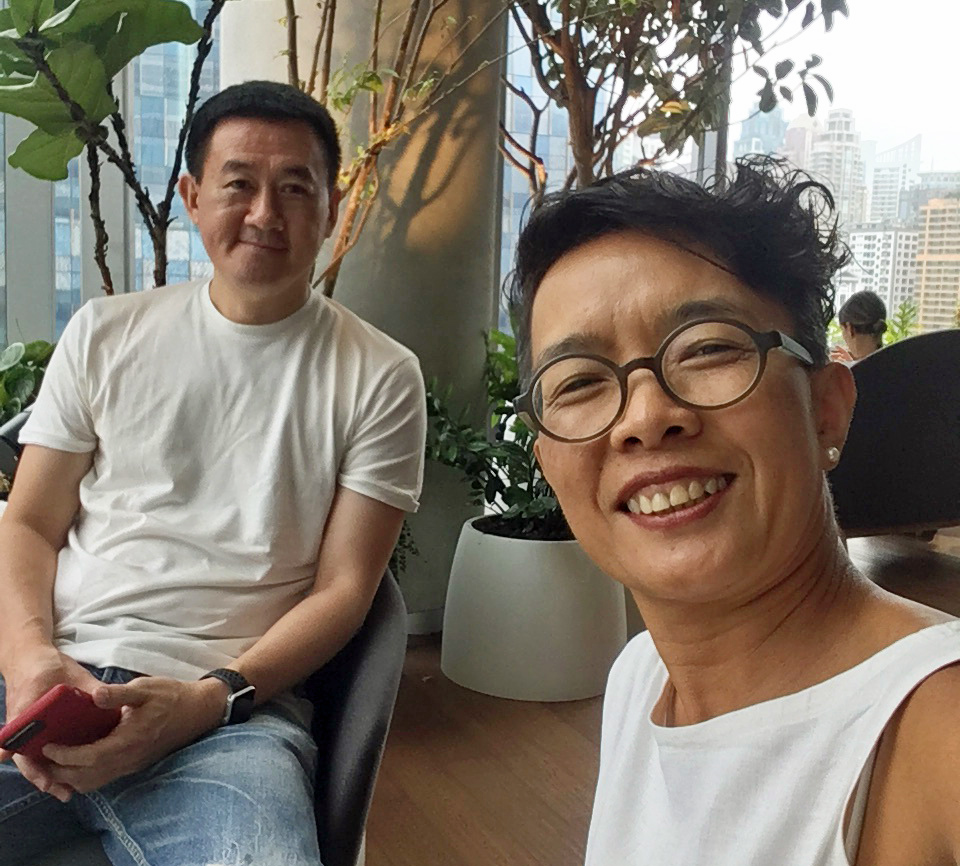
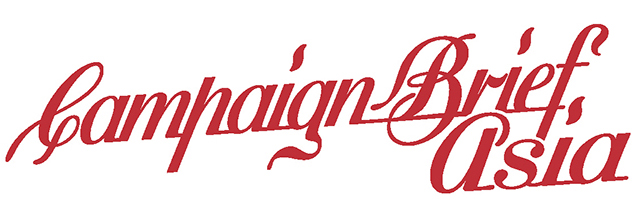
2 Comments
All the best to Illusion CGI Studio in Bangkok.
Inspiring article about a very inspiring man. And fantastic work. Fantastic achievements!
I agree that static images will continue to have a place in communications. Hopefully marketers will continue to see the value in great ideas and great execution when it really matters, even if they use more cost effective, less creative content solutions at other times.